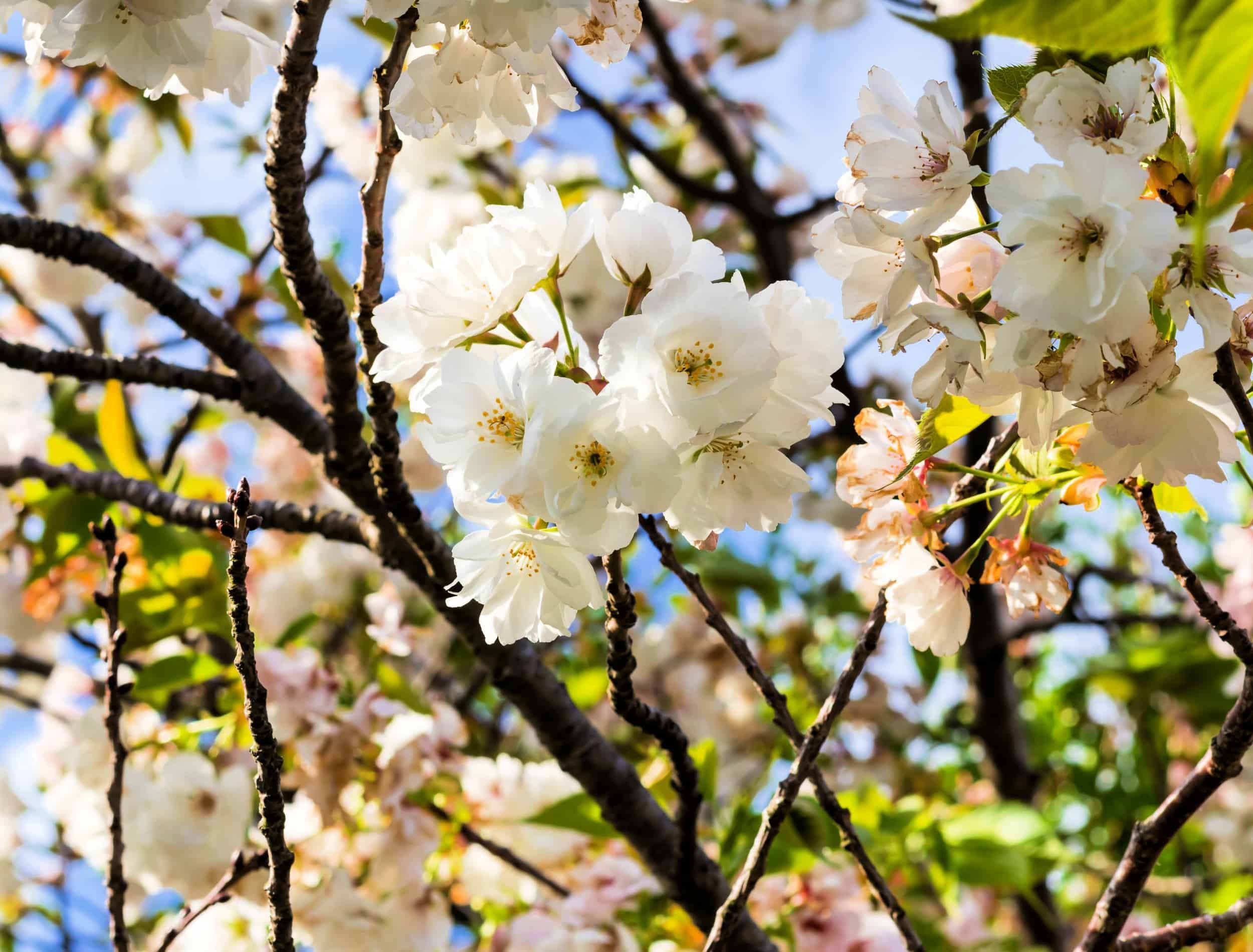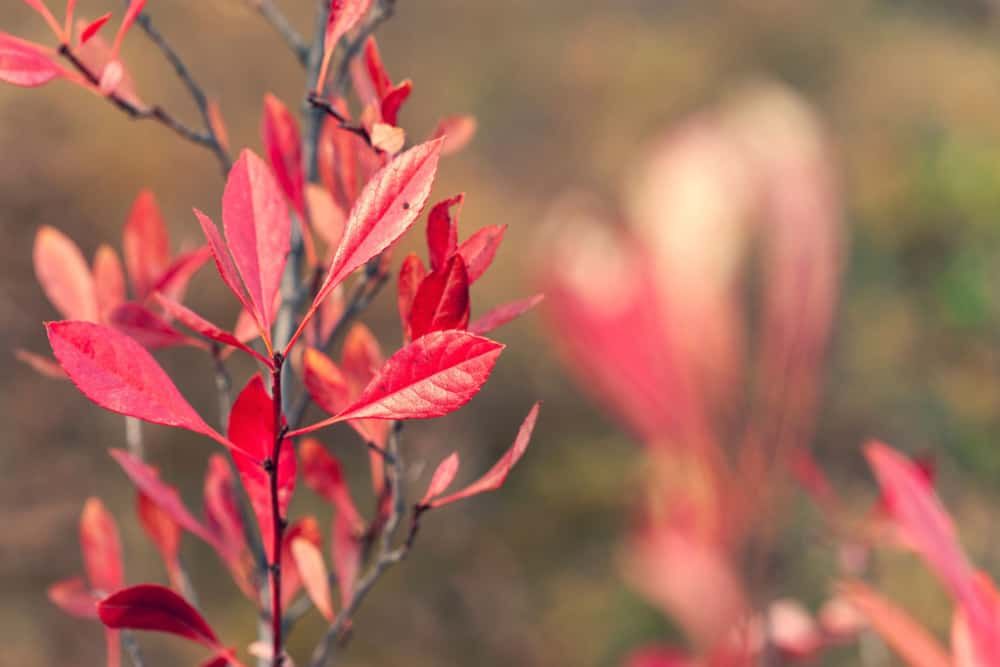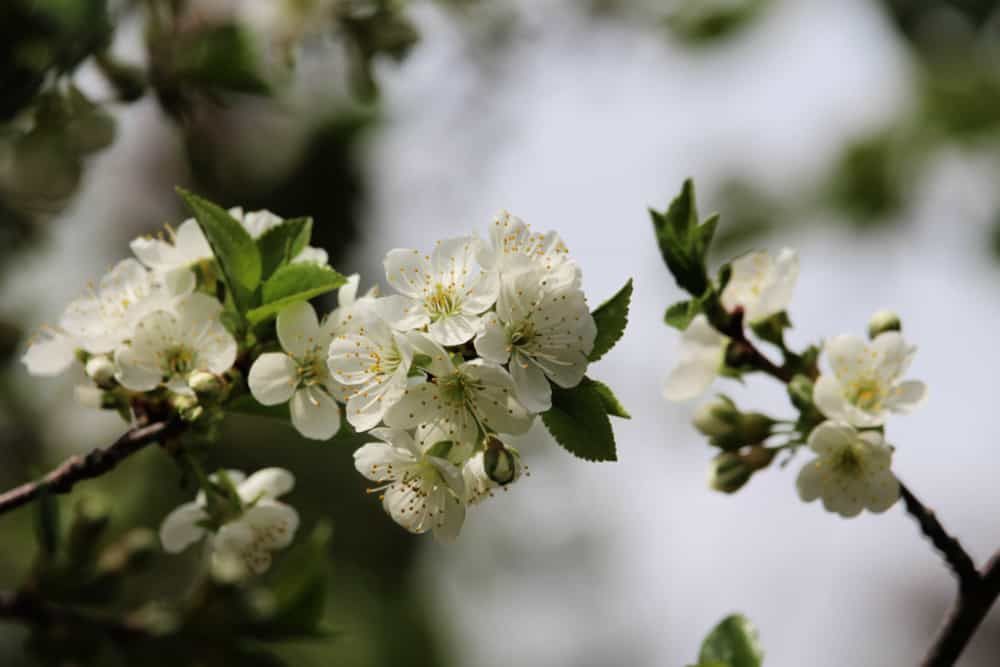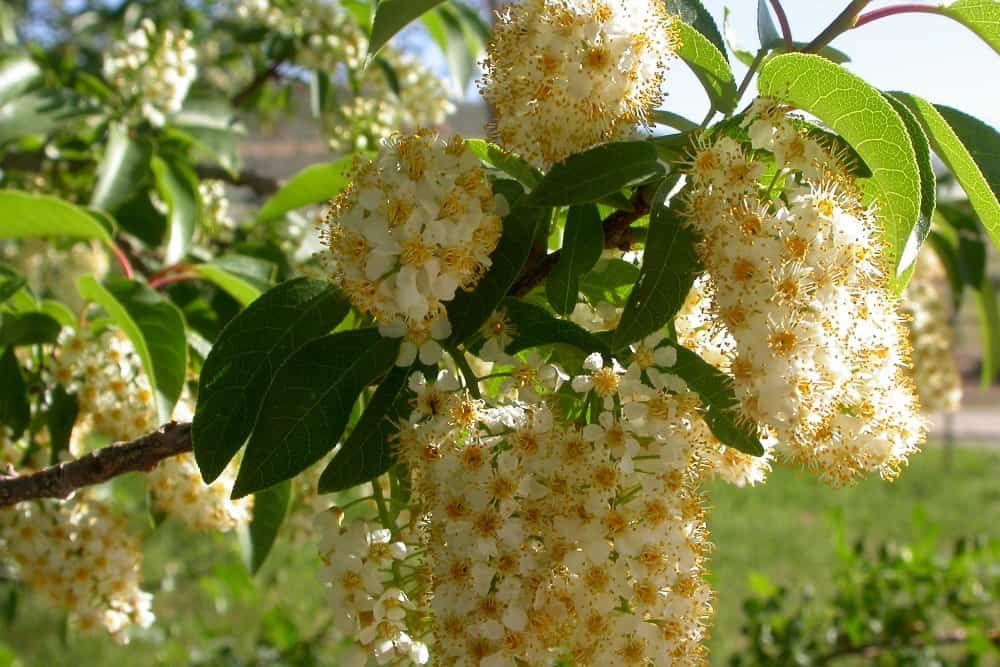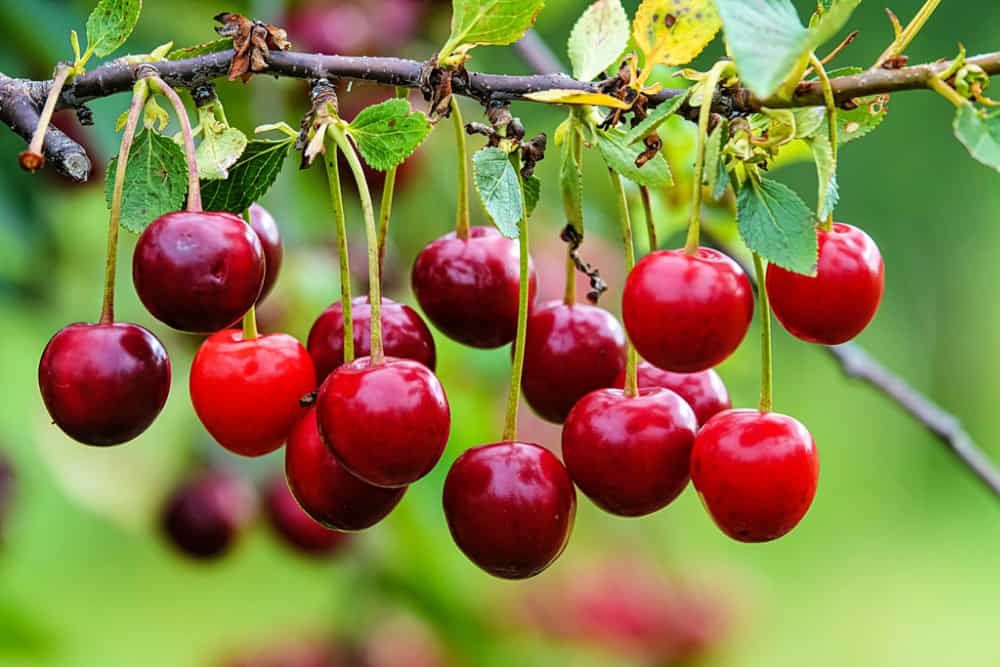Cherry trees are a beautiful sight to behold. Whether winter, spring, or summer, their beautiful blossoms can make your backyard seem like a picture from the movies. The cherry on the sundae? You get to munch on the most delicious and succulent cherries. The fruit is fun to eat and adds a little luxury to any dessert or fruit platter.
Whether you’re serving up pies or a sweet fruit cocktail, having your very own cherry tree is a great way to have fresh fruit at your fingertips. So if you have always been thinking about nurturing a cherry tree around your home, it's time to get planting!
Here are seven types of cherry trees that you can add to your backyard.
English Morello Cherry Tree
The English Morello is one variety you may have certainly heard of. Europeans have been cultivating this self-fertile variant since the early 1700s. Even better -- it produces a large harvest.
English Morello adapts to most soil types. It is, however, best to plant the tree where the soil is moist and well-drained. It can reach 20 feet tall, so be sure to prune regularly. Its sweet and sour fruit is an excellent addition to preserves and muffins.
Western Sand Cherry Tree
Image credits: allgoo via Shutterstock
The Western Sand cherry tree is a hardy shrub that is an absolutely fantastic addition to your backyard. It produces quite a heavy crop whose fruits taste like well-ripened plums. The tree typically grows anywhere between 5 to 6 feet. Thus, they make for good backyard borders. In autumn, you can view these trees' beautiful shades of burgundy blossoms.
Early Richmond Cherry Tree
Early Richmond, one of the oldest cherry tree species, has been popular in Europe since the 1500s. It produces a tart, sour fruit, and flourishes in well-drained soil. If you plan to plant this tree in your backyard, remember to prune it regularly. The tree grows to a height of anywhere between 15 to 18 feet, and you want to have your fruit within reach.
Carmine Jewel Cherry Tree
Image credits: Jerrold James Griffith via Shutterstock
The Carmine Jewel will truly appear like the jewel of your backyard. The tree looks beautiful at the peak of harvest and matures to a height of up to 7 feet. It grows well in drained soil and self-pollinates. You will be surprised that this small-sized plant is a heavy fruit producer. The fruit is an excellent addition to all your culinary goods but carries its flavor best in compotes.
Canada Red Select Cherry Tree
Image credits: Matt Lavin via Openverse
Canada Red Select has long been highly regarded among the indigenous communities in North America. The resilient plant is known to thrive in any kind of soil. It usually grows to the height of 25 feet, but you do not have to worry if you think this is too tall for your backyard. It can easily be pruned and shaped to make for a small bush. The fruit produced is very tart; thus, they are traditionally used in making wine or dishes that call for adding sugar.
Montmorency Cherry Tree
Dated to be widely present since the 17th century, the Montmorency fruit is a very sour cherry variant. The tree can thrive in most climatic conditions and is not picky about the soil type. The tree is an early fruit-bearer, and its large, bulb-like cherries produce clear juice that can be used in different baked preparations.
Stella Cherry Tree
Image credits: Thushanth Pakkiyaraja via Shutterstock
If you would love to fill your backyard with fragrant white flowers and beautifully shaped, full fruit, the Stella cherry tree is for you. It produces succulent sweet fruit that you are going to cherish each season. The tree blooms well in full sunlight, so plant it with that in mind. Make sure to also keep it well-hydrated in well-draining soil. In spring, you can expect to have a ton of sweet Stella cherries to add to your desserts and preserves.
In Conclusion
Now that you know the different types of cherry trees to add to your backyard, you must also know that cherry tree saplings are best planted in the late fall. Make sure you have plenty of room and plant your tree somewhere sunny, where water doesn’t tend to pool. In about three to four years, you'll have fresh cherries!
See the beautiful blossoms in spring, and then enjoy the literal fruits of your labor! Have you grown cherry trees in your backyard? Share in the comments below!

